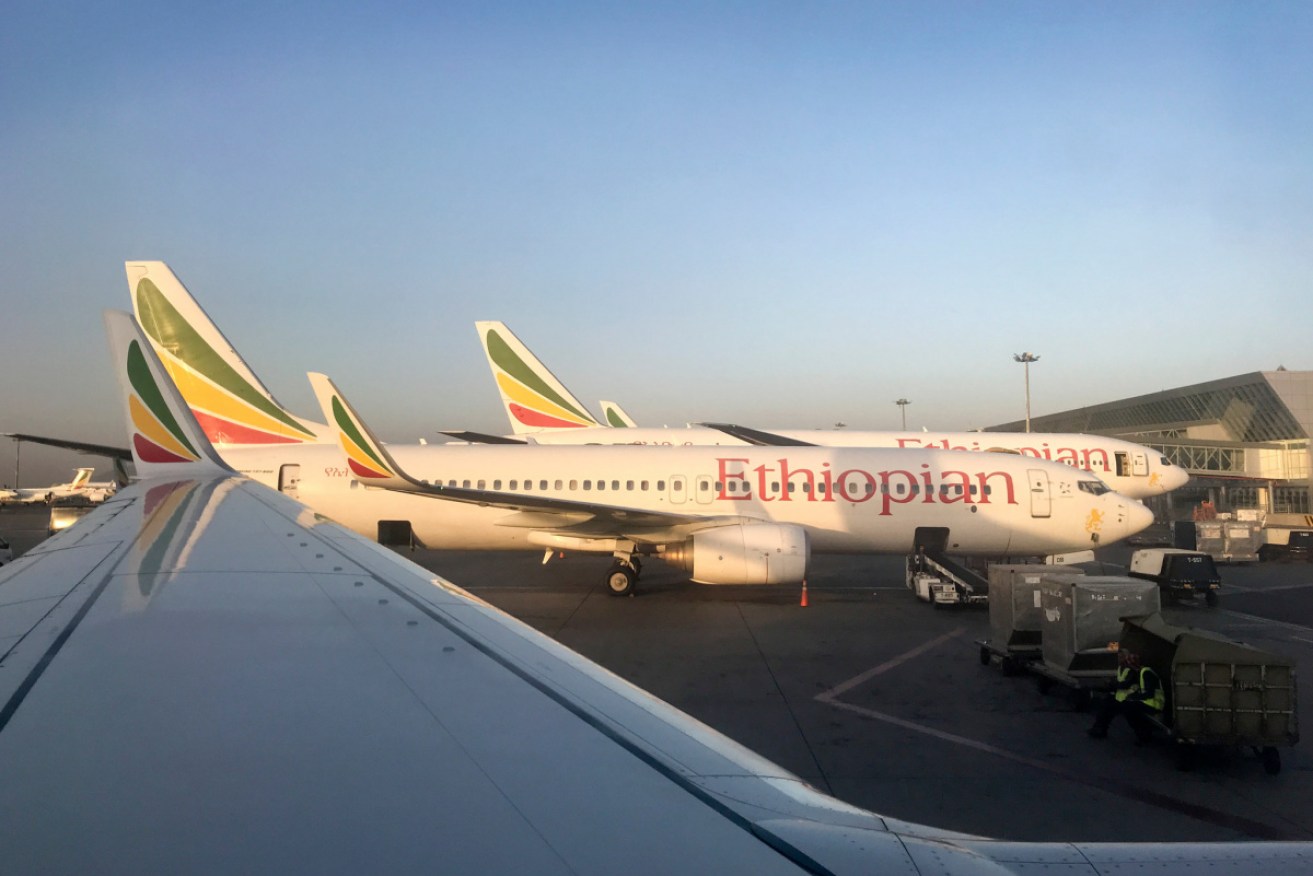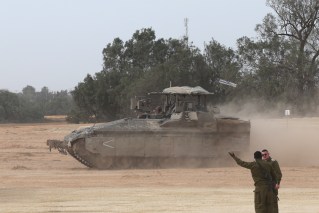Ethiopian Airlines report shows similarities in Boeing Max tragedies


One of Ethiopian Airlines' Boeing 737 Max jetliners crashed shortly after take-off from the airport. Photo: AP
Pilots on the doomed Ethiopian Airlines Flight 302 desperately tried to override the Boeing 737 Max aircraft’s safety software in the moments before the jet crashed killing all 157 people on board.
Details of the preliminary report into the crash, published by CNN on Friday (Australian time), reveal the plane’s captain called to his first officer to “pull up” three times as they tried to regain control of the craft and raise its nose.
Ethiopian investigators on Thursday night urged Boeing to review its flight control system after concluding the Ethiopian Airlines pilots had carried out all proper procedures.
The flight repeatedly nosedived as the pilots battled to control the nearly full jet moments before it crashed six minutes after take-off from Addis Ababa in clear conditions, Ethiopian authorities said.
“The crew performed all the procedures repeatedly provided by the manufacturer, but was not able to control the aircraft,” Transport Minister Dagmawit Moges told a news conference ahead of the public release of a preliminary report.
Investigators are not obliged to publish their 30-page preliminary report but said they expected to do so later Friday.
“The Captain asked the First Officer to pitch up together and said that pitch is not enough,” CNN quoted a copy of the full report it has obtained as saying.
“The data indicates that aft force was applied to both columns simultaneously several times throughout the remainder of the recording.”
#Ethiopia|n Airlines Statement on the Preliminary Report of the Accident on ET 302 pic.twitter.com/azAKxyptq8
— Ethiopian Airlines (@flyethiopian) April 4, 2019
Boeing’s top-selling aircraft has been grounded worldwide since the March 10 disaster, which came just five months after a Lion Air 737 MAX crash in Indonesia that killed 189. An initial report into that accident also raised questions about the jet’s software, as well as training and maintenance.
The preliminary report showed significant similarities to the 2017 Lion Air tragedy, as Flight 302’s computer system pushed its the nose down four times into a steep 40-degree dive, CNN reported.
The nose-down commands were issued by Boeing’s so-called MCAS software, a new automated anti-stall feature that repeatedly lowered the nose of the aircraft based on faulty data from a sensor.
The preliminary report into the Lion Air disaster suggested pilots lost control after grappling with MCAS.
Captain Jason Goldberg, spokesperson for the US Allied Pilots Association, said the findings indicated the Boeing software problems constituted an “emergency”.
“The initial findings of the Ethiopian investigation confirm for us that an MCAS malfunction is a serious emergency and not a benign event,” he said in a statement.
Boeing responded to the report by saying “safety is a core value for everyone”.
“The safety of our airplanes, our customers’ passengers and crews is always our top priority,” it said.
Ethiopian investigators did not blame anyone for the crash, in line with international rules requiring civil probes to focus on technical recommendations for a safer flight. Nor did they give a detailed analysis of the flight, which is expected to take several months before a final report due within a year.
But in a clear indication of where Ethiopian investigators are directing the attention of regulators, they cleared the pilots of using incorrect procedures and issued two safety recommendations focused on the recently introduced aircraft.
They suggested that Boeing review the flight control system and that aviation authorities confirm any changes before allowing that model plane back into the air.
“Since repetitive uncommanded aircraft nose down conditions are noticed … it is recommended that the aircraft control system shall be reviewed by the manufacturer,” Mr Dagmawit said.
-with AAP








